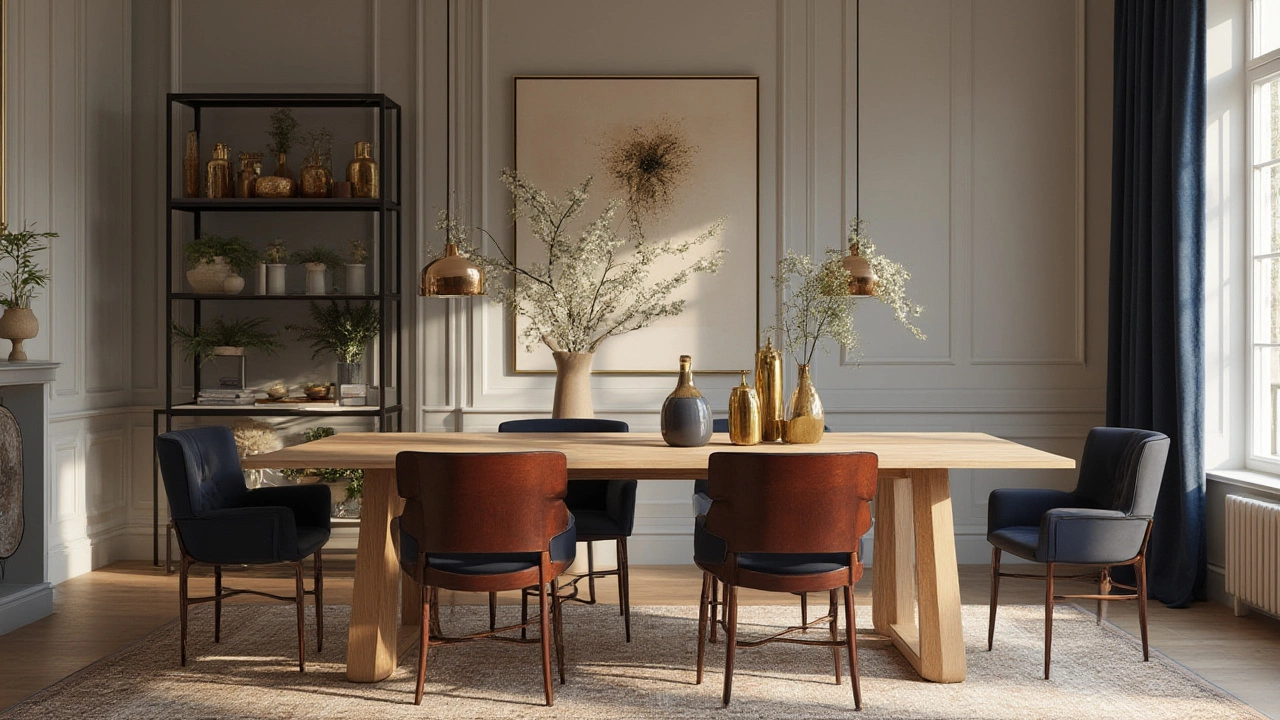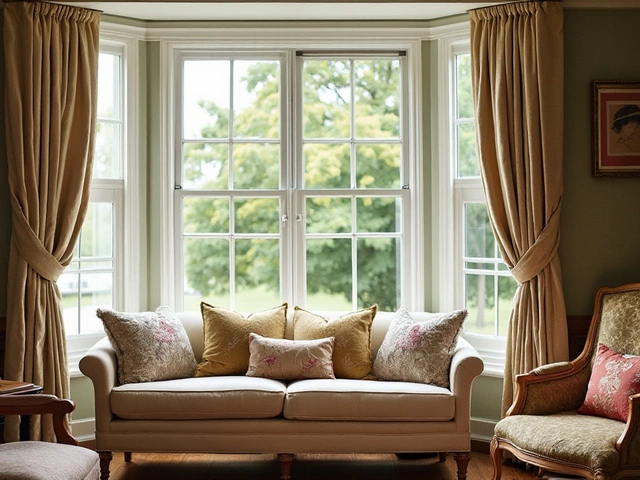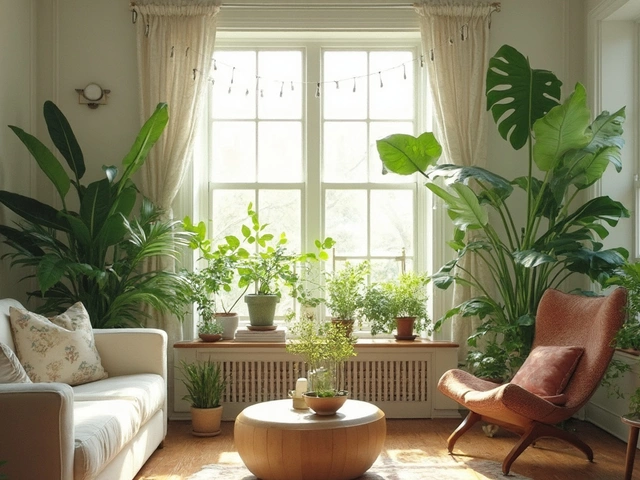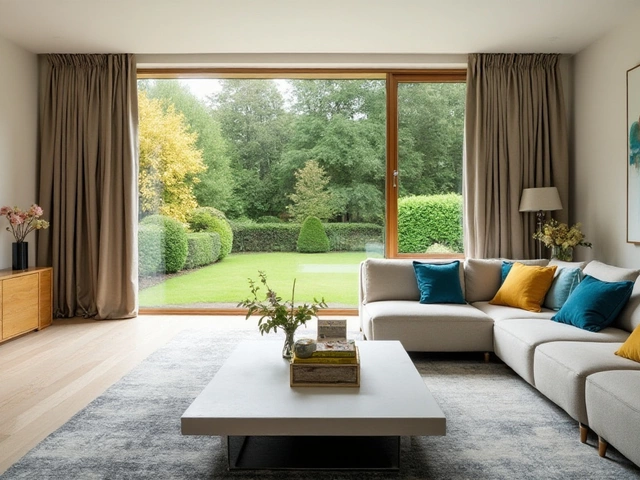Light and Dark Furniture: How to Mix Light and Dark Pieces for a Balanced Home
Ever walked into a room and felt the vibe was either too bright or too heavy? Mixing light and dark furniture is the shortcut to getting that sweet spot. It adds depth, keeps the eye moving, and makes any space feel more intentional.
Start by looking at the biggest pieces you already own. A light sofa with a dark coffee table, or a dark hardwood floor paired with a pale rug, instantly creates contrast without shouting. The trick is to let one element dominate while the other plays a supporting role.
Why Contrast Works
Human eyes love variety. When you give them a mix of tones, they naturally explore the room instead of zoning out. Light pieces reflect more natural light, making a room feel larger, while dark pieces absorb light, adding coziness. Together they balance each other out, creating a space that feels both airy and grounded.
Contrast also helps define zones. In an open‑plan living area, a light dining table can separate the eating space from a darker lounge area. This visual cue tells guests where to sit, eat, or relax without needing walls.
Practical Ways to Pair Light and Dark
1. Start with a neutral base. Choose a wall color in a soft gray, beige, or warm white. This neutral backdrop lets both light and dark furniture shine without clashing.
2. Play with materials. Pair a light linen sofa with a dark leather armchair. The mix of textures adds interest even if the colors are close.
3. Use accessories to tie it together. Throw pillows, rugs, or artwork that pick up shades from both the light and dark pieces create a unifying thread. For example, a rug with hints of charcoal and ivory pulls the sofa and coffee table into one conversation.
4. Mind the scale. If you go heavy on dark furniture, keep the light pieces larger and vice versa. A big, bright sectional can balance a few dark side tables without feeling crowded.
5. Mind the lighting. Position floor lamps or sconces near darker furniture to prevent shadows from making the space feel cramped. Conversely, place a light table lamp on a dark desk to highlight the work surface.
6. Try a focal point. Choose one piece—like a dark walnut dining table—and let everything else orbit around it. Light chairs, a pale runner, and bright wall art will make the table pop without overwhelming the room.
Remember, you don’t need to go extreme. Even subtle shifts, like swapping a dark frame for a light one on a gallery wall, can shift the whole mood. Test the look by placing a furniture item where you plan to use it and walk around. If it feels too heavy, add a light side table or a bright accent.
Mixing light and dark furniture isn’t about making a bold statement; it’s about creating a room that feels balanced, lived‑in, and inviting. Grab a piece you already love, pair it with the opposite tone, and let the contrast do the work. Your home will thank you for the added depth and style.






